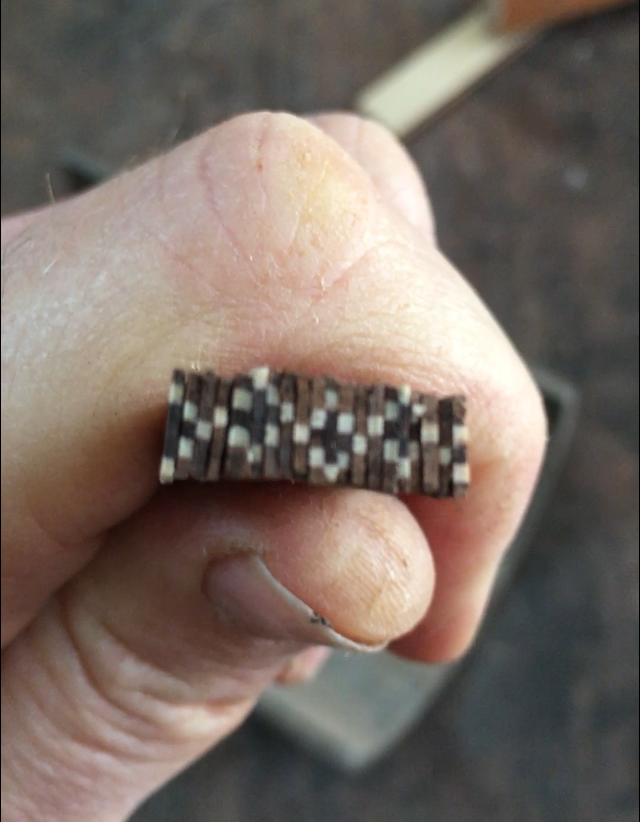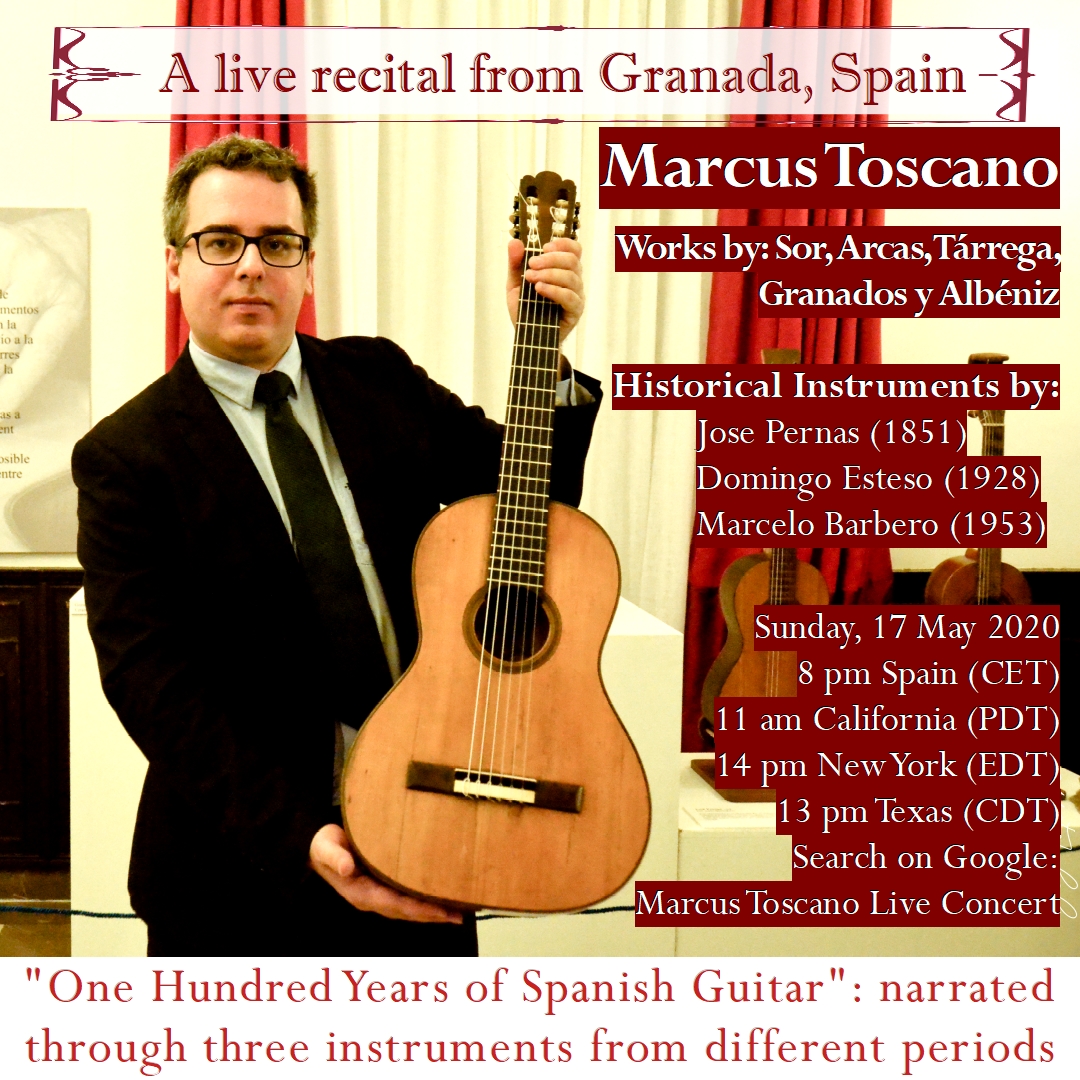Tag Archives: guitarra
The real link to the concert
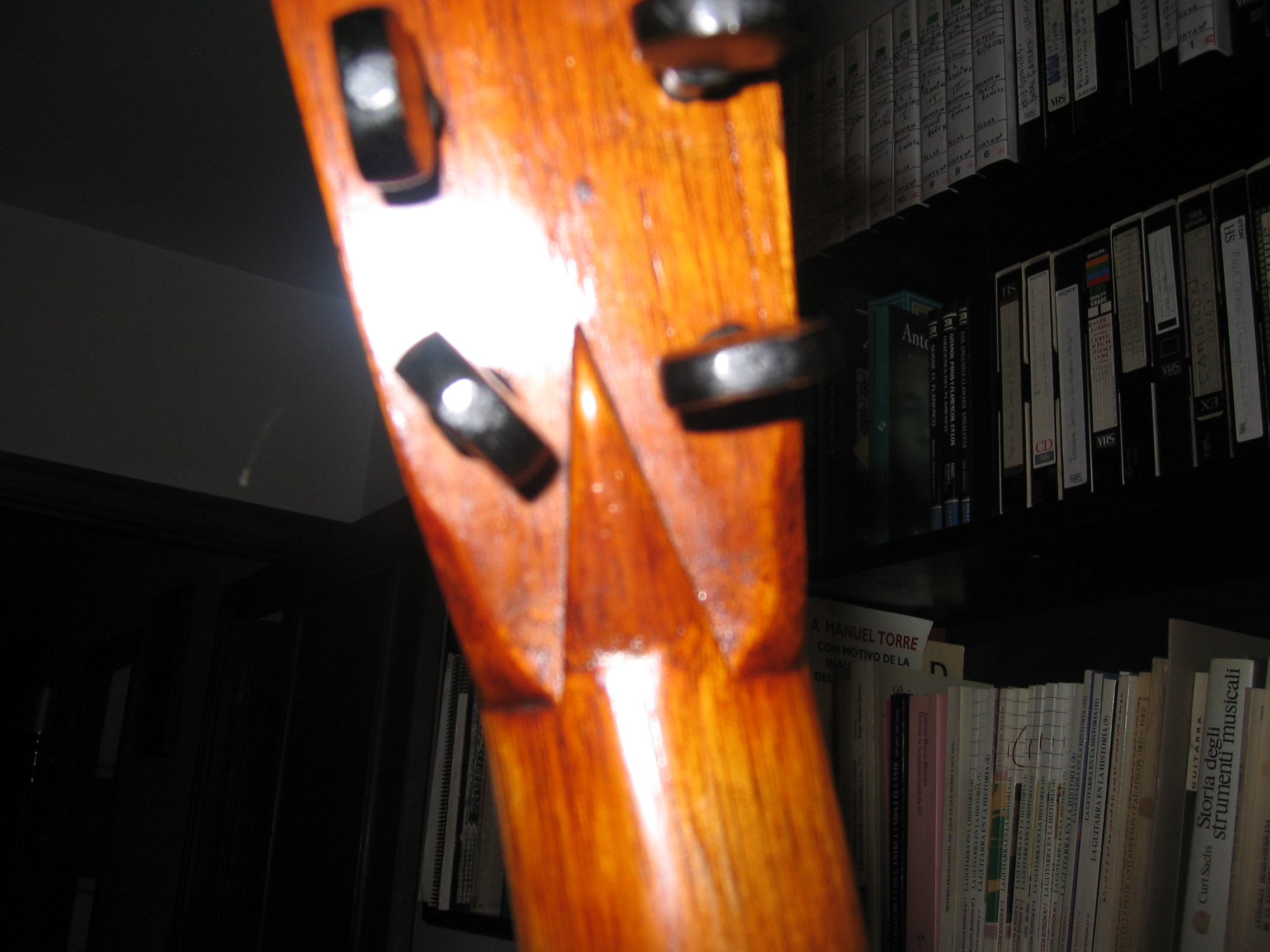 It seems there was technical difficulties with Sunday’s concert. I had the same problems that you all. Here is a link to the video which you can see at any time. It really is very good.and interesting. Despite the problems it seems it was a success and more like it are apparently being planned. For this video I had to start playback and then roll back to the beginning and then it worked well, nothing is perfect I guess.
It seems there was technical difficulties with Sunday’s concert. I had the same problems that you all. Here is a link to the video which you can see at any time. It really is very good.and interesting. Despite the problems it seems it was a success and more like it are apparently being planned. For this video I had to start playback and then roll back to the beginning and then it worked well, nothing is perfect I guess.
Online concert
To attend this unique event, you need only click on the YouTube link:“Marcus Toscano Live Concert”, according to the time zones of the countries included:8 pm in Spain (CET),3 pm in Brazil (Brasilia time)2 pm New York (EDT)11 am California time (PDT)13 pm Texas (CDT)This event is free of charge, but strictly voluntary donations will be accepted via Paypal or bank transfer. The information is provided below to those who wish to contribute. Since the beginning of the Covid-19 pandemic, musicians have dependent on voluntary contributions to support themselves with their art.We ask those who cannot contribute financially, to assist our efforts and help spread the word about the eventevent to others, either by forwarding this message from theiremail address or on social networks (see attached banner).Summarizing:What: Marcus Toscano’s online guitar concert with historical instrumentsWhen: Sunday, May 17th, 2020.Local Time zones: Spain, 8 PM
Brasil: 3 PM
New York: 2 PM
California: 11 AM
Where: Search on Google: Marcus Toscano Live Concert.Direct link: https://www.youtube.com/watch?v=BVL4bKEl0bwThose willing to donate please utilize the information:
Spanish Bank AccountMarcus Vinicius Rodrigues ToscanoBBVA Bilbao Bank
Aria detta la Frescobalda Girolamo Frescobaldi (1583 – 1643)
Bolero Julián Arcas (1832 – 1882)
Lagrima Francisco Tárrega (1852 – 1909)
La Maja de Goya Enrique Granados (1867 – 1916)
With a guitar Domingo Esteso 1928, “The Dog”
With a flamenco guitar Marcelo Barbero 1953 ” Ex Jose Motos”
Torre Bermeja Isaac Albéniz (1860- 1909)
Part 2 of article for Leonardo García
Leonardo García has published the second part of my article about the Granada guitar-makers on his Six String Journal. When I started this blog I tried to exchange guest posts with a few bloggers and no one was interested. To me it seems like a great way to get more people reading about the guitar.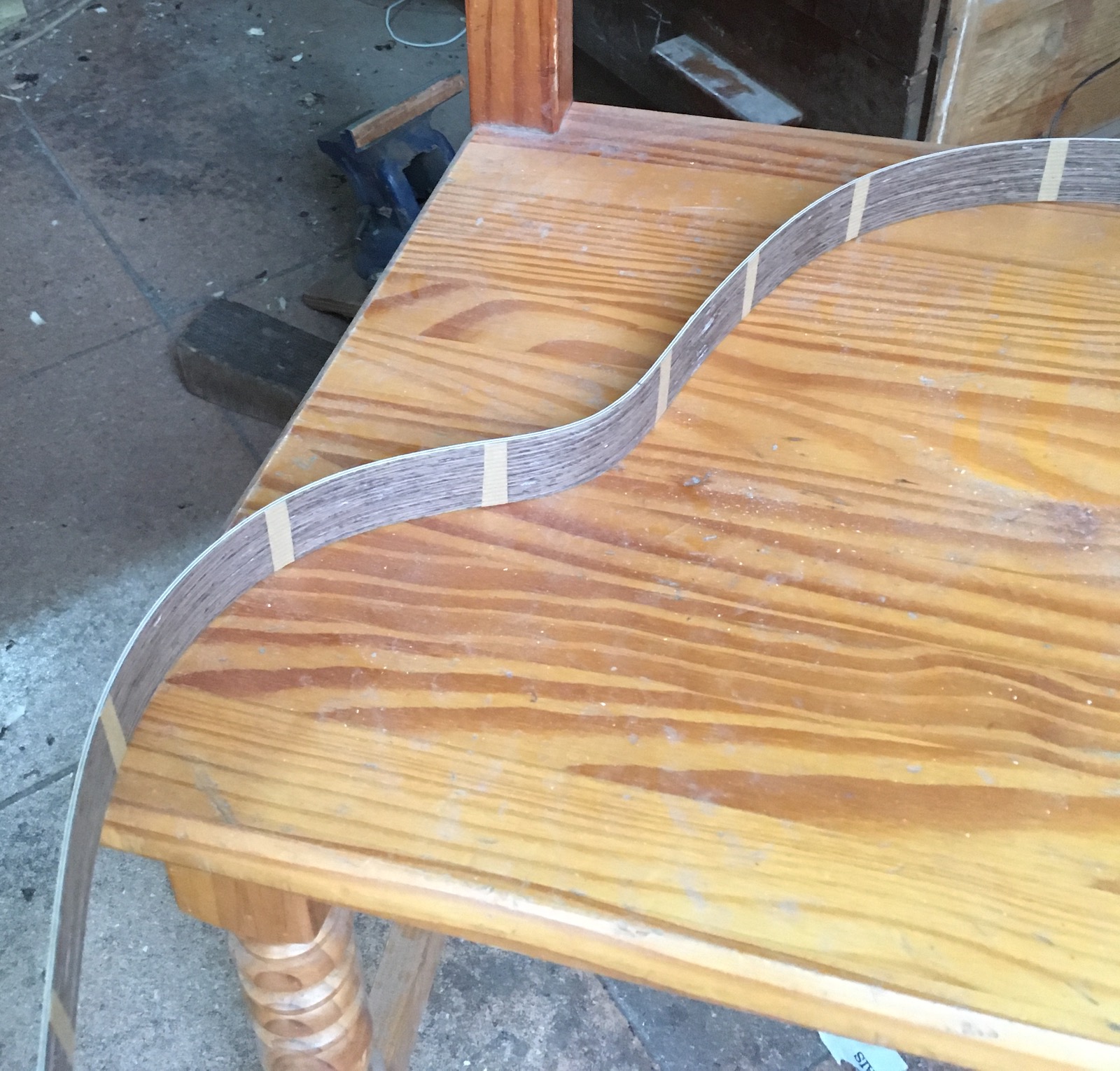
Inlay
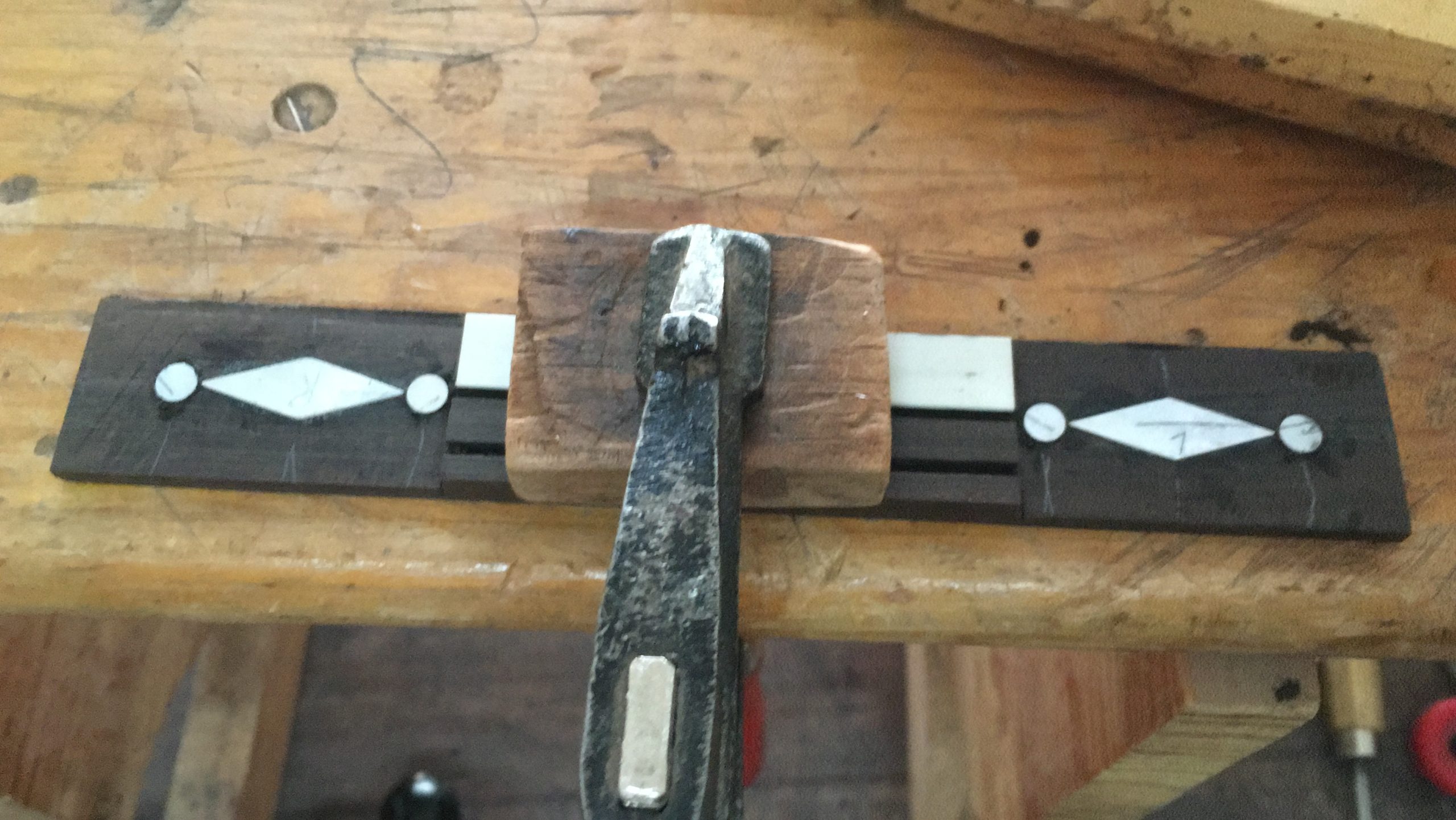 Guitars can be absolutely beautiful but usually the beauty is in the wood or in the functional form of the instrument. There are exceptions, however, and clients seem to love something a bit extra. My concert model and the Santos are decorated quite simply but the Torres SE 153 is pretty flashy. Another model that I used to make, a copy of Antonio de Lorca García used mother-of-pearl inlays in the bridge as well. Its something that takes some skill but really draws the eye. I like it but would never put it on all of my guitars. Furthermore I use MOP almost only when making my exact copies.
Guitars can be absolutely beautiful but usually the beauty is in the wood or in the functional form of the instrument. There are exceptions, however, and clients seem to love something a bit extra. My concert model and the Santos are decorated quite simply but the Torres SE 153 is pretty flashy. Another model that I used to make, a copy of Antonio de Lorca García used mother-of-pearl inlays in the bridge as well. Its something that takes some skill but really draws the eye. I like it but would never put it on all of my guitars. Furthermore I use MOP almost only when making my exact copies.

